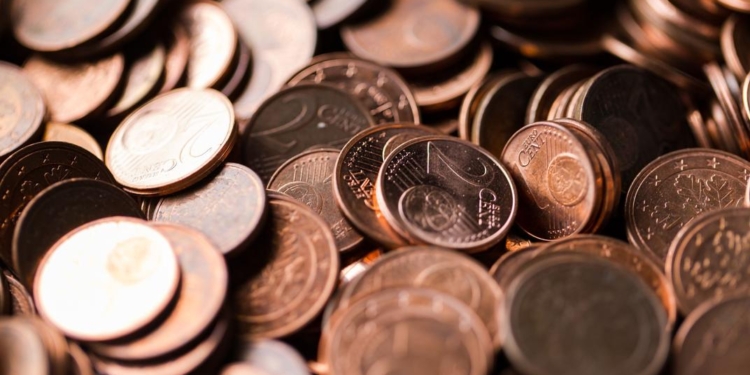Starting next year, new rounding rules will take effect, and Estonia will cease minting one- and two-cent coins. The smallest coins featuring Estonia’s outline will be sent to other European countries where they are still in use.
Each year, the Bank of Estonia ordered one or two truckloads of one- and two-cent coins. These coins made their way into people’s hands but, for some reason, rarely returned to store cash registers.
Since these coins were seldom used for payments, new rounding rules will be introduced starting next year. Cash transactions will be rounded to the nearest five cents.
“The role and significance of one- and two-cent coins in the retail sector is diminishing. You can still pay with one- and two-cent coins, but you won’t get them back from the cash register. The most practical need for them will disappear,” explained Rait Roosve, head of the cash and payment systems department at the Bank of Estonia.
In response, the Bank of Estonia decided to launch a campaign to collect these coins. When coin collection machines were set up at two post offices last year, people brought in one million euros worth of coins in the first week. However, the enthusiasm for coin collection has since slowed.
“The smallest amount we’ve collected was 17 cents – something someone wanted to get rid of from their pocket. And then there are people who come and use the machine’s three-kilogram daily limit to the fullest. Some have wanted to bring in even larger quantities, but we’ve had to impose limits,” described Siim Tammesalu, head of customer experience at Omniva.
Roosve added, “We’ll definitely find a use for the coins we’ve now collected from individuals and businesses in other countries. We won’t be destroying them, as there’s still demand for these coins elsewhere.”
While reprocessing 20-cent coins is relatively easy – they can simply be melted down and reminted – reprocessing one- and two-cent coins is much more expensive. These are steel coins coated with copper, and se-parating the two metals costs more than the face value of the coins.
“In a way, we’ve been an interesting country in that we’ve managed to produce one-cent coins below their face value, yielding a small theoretical profit. But I emphasize, we’ve been the only eurozone country to achieve this. Unfortunately, moving these coins still costs us money. However, I can assure the Estonian public that these costs are relatively small. But, from an accounting standpoint, it’s a negative-margin activity,” said Roosve.
The two coin collection machines will rotate through post offices until the end of January next year. They are currently located at Rocca al Mare and the Tartu Eeden shopping center.
You can still pay with one- and two-cent coins in the future, but it’s important to note that merchants are required to accept up to 50 coins at a time, regardless of their value.
ERR News
















